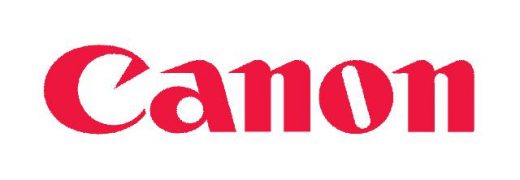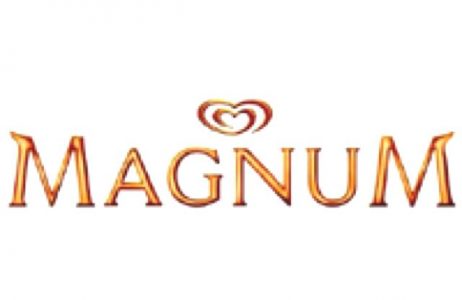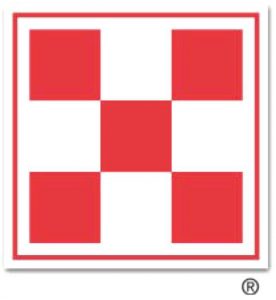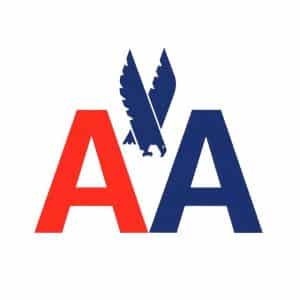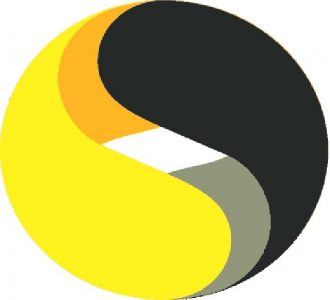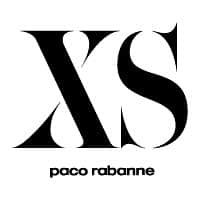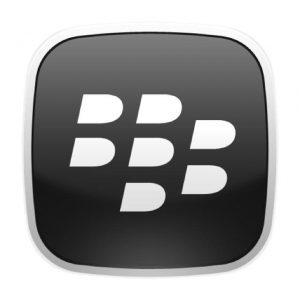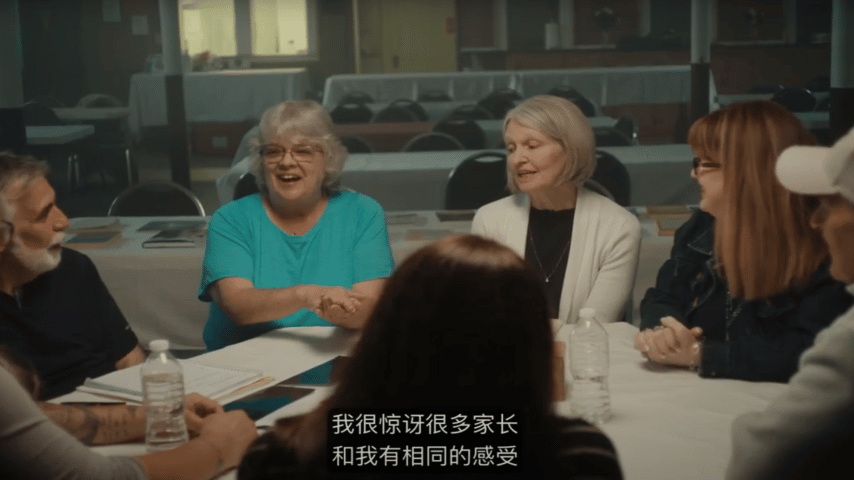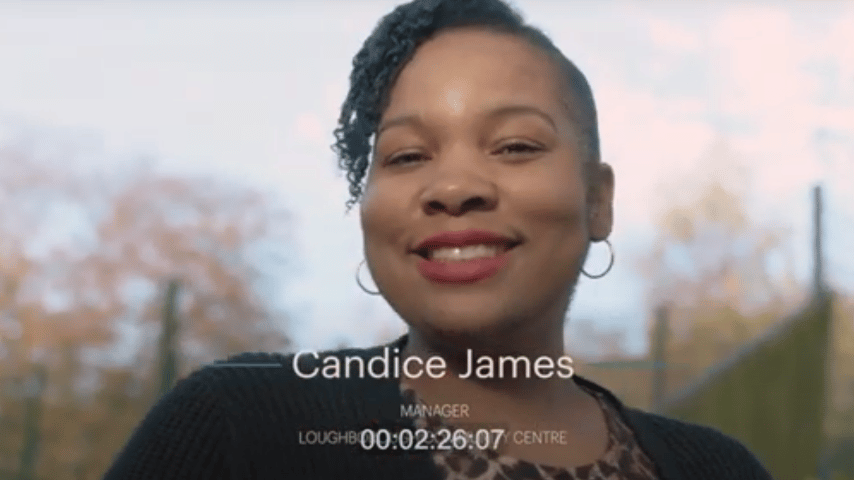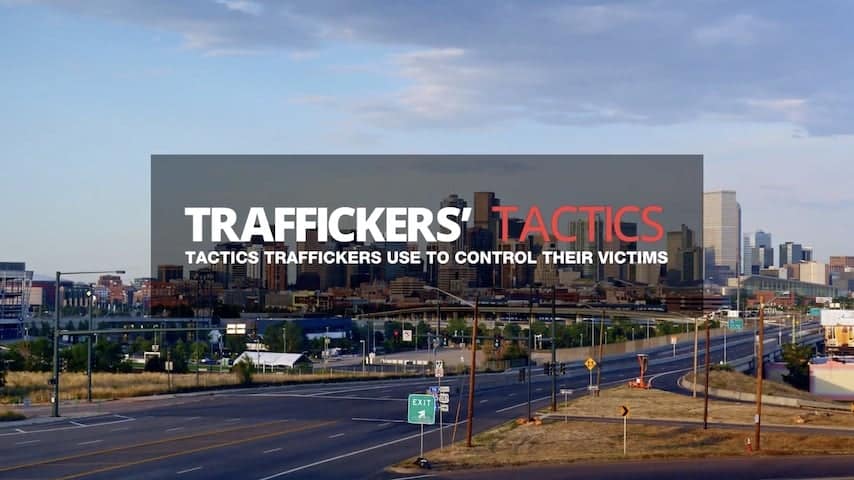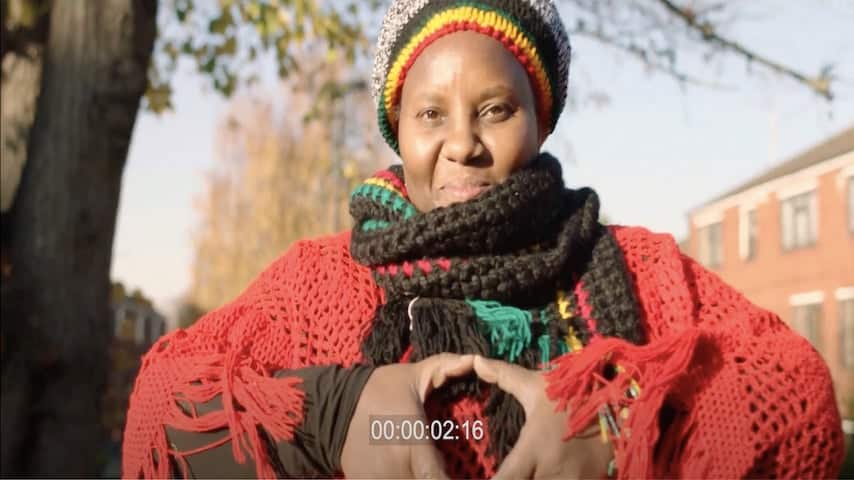Professional Danish Subtitle Solutions
At GoLocalise, we specialise in high-quality Danish subtitling, ensuring your content effectively reaches Danish-speaking audiences. With around 6 million native speakers in Denmark and Danish-speaking communities worldwide, precise subtitles are essential for enhancing engagement and accessibility. Danish is known for its unique phonetics, vowel-rich pronunciation, and complex compounding rules, making professional subtitling crucial for clarity and readability.
Our native Danish subtitlers ensure accuracy, fluency, and cultural adaptation in every project. Whether you’re working with corporate presentations, eLearning modules, TV series, or films, we craft subtitles that feel authentic and engaging. Our approach ensures that Danish sentence structure and phraseology are naturally integrated, making your subtitles more accessible and enjoyable for Danish audiences.
Golocalise are our supplier of choice for all our subtitling and transcription needs. After years of hassle trying to do it all in-house we have found their service to be a revelation in terms of speed, flexibility and costs. Their team is extremely responsive and can always turnaround requests, in any language, within our short deadlines. We can confidently rely on them to provide any deliverables without ever worrying about the accuracy of the subtitling.
Comprehensive Danish Subtitle Localisation
We provide Danish subtitle localisation for various industries, ensuring seamless communication with Danish-speaking viewers. Whether for entertainment, business, education, or digital media, our subtitles improve comprehension, accessibility, and audience engagement. We also offer Danish captioning services, making content inclusive for viewers who are deaf or hard of hearing.
Our Danish subtitling services include:
Film and TV Subtitling: High-quality subtitles for movies, TV series, documentaries, and reality shows, ensuring that idioms, humour, and cultural nuances resonate with Danish viewers.
Corporate and Business Subtitling: Professional subtitles for training videos, corporate communications, and investor presentations, tailored to match Danish business etiquette.
eLearning Subtitling: Subtitles for educational content, online courses, and instructional videos, ensuring clarity for Danish-speaking learners while maintaining technical accuracy.
Marketing and Advertising Subtitles: Localised subtitles for brand storytelling, promotional content, and digital ads, adapted for Danish consumer preferences and linguistic style.
Social Media and Online Content: Subtitles optimised for YouTube, Facebook, Instagram, and Danish streaming platforms like DR TV and Viaplay, boosting digital engagement.

From short-form digital content to full-length productions, we ensure that Danish subtitles are accurate, engaging, and culturally appropriate for the intended audience.
Benefits of Using GoLocalise as Your Subtitling Service Provider
- Impress your clients with high-quality English and foreign language subtitles that enhance their viewing experience.
- Rigorous quality control ensures all templates are created and checked in-house, meeting accuracy and professional timing standards.
- Industry leading subtitling software guarantees perfectly timed subtitles, carefully positioned around shot changes for seamless integration.
- Skilled native subtitlers accurately translate meaning while maintaining style, readability, and space constraints.
- Experienced project managers perform thorough quality checks to ensure flawless final delivery of your subtitles.
- Ready-to-use videos with translated burnt-in subtitles (open captions), fully prepared for upload to your website, with customisable font, size, colour, and positioning.
- Multi-language closed captions can be switched on or off across platforms like YouTube, Vimeo, Netflix, Amazon Prime, Disney+, social media, and other streaming services, as well as for DVD and Blu-ray content.
- On-screen text and captions can be translated and graphically edited to create a polished multilingual video version.
- Closed Captions and SDH subtitles make your content accessible to a wider, more diverse global audience.
Whether your project involves short promotional content or full-length feature films, we handle it with the utmost precision and professionalism. For time-sensitive projects, we offer expedited services without compromising on quality.
Let's get started!
The Subtitling Process In A Nutshell
Send us your video file in any format. We’ll ensure it’s compatible with our subtitling software. If you’re unsure about the format, feel free to double-check with us.
We’ll create an English subtitle template, which is crucial if the subtitles will be translated into multiple languages.
We’ll send the English template to our professional linguists, who will translate it into the requested languages with precision.
Once translated, we’ll import the subtitles into our software. We’ll perform quality checks to ensure proper timing, reading speeds, and line lengths.
We’ll share the subtitles with you for review. Let us know if any changes are needed, and we’ll make adjustments while adhering to technical requirements.
After final approval, we’ll burn in the subtitles (if requested) and deliver the completed video through your preferred file-transfer method.
Why Choose Us?
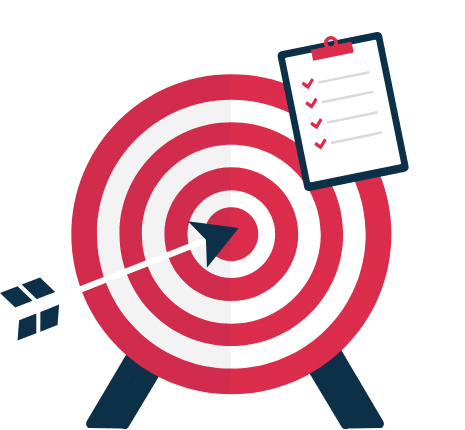
You deserve the best! Leave your project to the experts at GoLocalise so that you can relax and be assured of getting top-notch results.
Every single detail will be analysed, studied and looked after so that you do not need to worry. Some would say it’s not too classy to blow our own trumpet… but we just like to point out two very important details.
We have achieved ISO 9001 Quality Management certification in recognition of our consistent performance and high standards, and ISO 14001 Environmental Management because we care about our planet! And if you are still curious and want to know more about us, why not have a look at our studio page.
Let's get started!
The Importance of Danish Subtitles
Incorporating Danish subtitles into your content can significantly enhance audience reach, accessibility, and engagement. Key benefits include:
Improved Accessibility: Making content inclusive for Danish-speaking audiences, including those with hearing impairments and non-native Danish readers.
Higher Viewer Engagement: Subtitles retain attention and enhance comprehension, especially for complex or technical subjects.
Better Search Engine Visibility: Subtitled videos perform better on Google and Danish search engines like Jubii and Krak, improving discoverability.
Expanded Market Potential: Subtitles help businesses reach Danish-speaking consumers, strengthening brand presence in Denmark and international markets.
Increased Social Media Reach: Subtitles encourage higher views, shares, and engagement, particularly on platforms where sound-off viewing is common, such as Facebook and TikTok.

With Danish subtitles tailored to linguistic and cultural preferences, your content becomes more impactful, accessible, and engaging for a broader audience. By ensuring that subtitles reflect regional expressions, idiomatic phrasing, and tone, we create a viewing experience that feels natural and immersive. Whether you’re targeting local Danish audiences or Danish speakers worldwide, well-adapted subtitles enhance understanding, retention, and overall viewer satisfaction.
Professional Subtitling Formats
Whether you need English subtitles or foreign language subtitles, GoLocalise has you covered! We can adapt your existing translations into subtitle format or create subtitles from scratch in any language, including English subtitles and SDH (Subtitling for the Deaf and Hard of Hearing).
You can receive your subtitles in a wide range of professional formats, ensuring compatibility with streaming platforms, broadcast, social media, corporate videos, DVDs, and Blu-ray.
- Open Captions – Ready-to-use videos with burnt-in subtitles, fully prepared for upload to your website. You can customise the font, size, colour, and positioning to match your branding.
- Closed Captions – Subtitles that can be switched on and off in multiple languages. Easily upload them to YouTube, Vimeo, streaming platforms, DVD, or Blu-ray.
- Standard Text-Based Formats – Widely used and compatible with most platforms, including SRT, VTT, SSA, ASS, and SUB.
- Broadcast & Professional Formats – Ideal for TV, film, and high-end productions, such as STL, SCC, EBU-TT, and DFXP.
- DVD & Blu-ray Formats – Designed for optical media, including VobSub (SUB/IDX), SUP, and PGS.
- XML-Based & Proprietary Formats – Used in specialised workflows, such as TTML, DFXP, and Spruce STL.
We collaborate with you every step of the way to deliver high-quality, precisely timed subtitles that seamlessly integrate with your content. Whether for streaming, broadcast, corporate videos, or multilingual accessibility, we ensure your subtitles are accurate, well-timed, and perfectly tailored to your audience’s needs.

Expertise & Technology in Danish Subtitling
At GoLocalise, we combine linguistic expertise and cutting-edge technology to produce clear, accurate Danish subtitles. Danish subtitling requires attention to word length, sentence structure, and readability, ensuring a natural flow while maintaining original meaning. Our workflow includes:
Advanced Subtitling Software: Industry-leading tools to ensure perfect timing, readability, and seamless formatting.
Native Danish Linguists: Skilled subtitlers who create culturally adapted and naturally flowing subtitles.
Thorough Quality Control: Rigorous proofreading and editing to guarantee clarity, accuracy, and consistency.
We also optimise subtitles for Netflix, HBO Nordic, TV2 Play, and corporate LMS systems, ensuring seamless integration across multiple platforms.
Ensuring Cultural Authenticity in Danish Subtitles
Effective subtitling goes beyond simple translation—it requires localisation to ensure that Danish audiences experience content that feels natural, fluid, and engaging. Subtitles should reflect local expressions, sentence structures, and audience expectations to preserve the intent and tone of the original message. Our localisation approach includes:
Cultural Relevance: Adjusting idioms, humour, and wordplay to suit Danish-speaking audiences.
Tone and Style Adaptation: Ensuring the appropriate level of formality for different types of content.
Regional Adjustments: Adapting language for various Danish-speaking demographics while maintaining linguistic accuracy.
By prioritising localisation, we enhance not only readability and comprehension but also emotional connection with Danish viewers. Our subtitling process ensures that content feels intuitive and effortless to read, creating a more immersive and enjoyable viewing experience across different media formats.


Why Trust GoLocalise for Danish Subtitling?
When you partner with GoLocalise, you work with a subtitling agency that values quality, accuracy, and client satisfaction. Here’s what sets us apart:
Native Danish Subtitlers: Experts in Danish language, culture, and industry-specific content.
Tailored Subtitling Solutions: Customised services to meet your content’s unique needs and audience expectations.
Advanced Technology: Cutting-edge subtitling tools for precise formatting and seamless integration.
Fast and Reliable Turnaround: High-quality results delivered on time, even for urgent projects.
With GoLocalise, your Danish subtitles will be crafted for maximum clarity, cultural impact, and audience engagement, ensuring your content resonates with Danish-speaking viewers worldwide.
Learn more about Subtitling Services
Let's get started!
What our happy customers say
Adam Ruddick
Head of Production at Casual Films
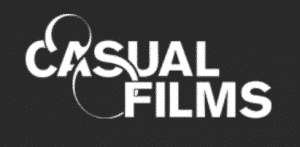
Marion Hirst
Translation Project Manager at Language Wire
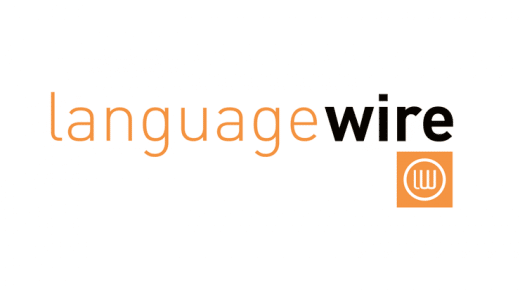
Josie Gallo
Content Co-ordinator at Medical Aid Films
Lucas Cole
Sales and Marketing Director at Epipheo
Stefanie Smith
Producer at Education First
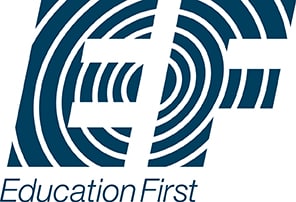
Philippa Strandberg-Long
Deputy Course Leader - Acting, Italia Conti

Price Match Promise
Challenge Our Prices, Enjoy Our Quality
Lorem ipsum dolor sit amet, consectetur adipiscing elit. Ut elit tellus, luctus nec ullamcorper mattis, pulvinar dapibus leo.
